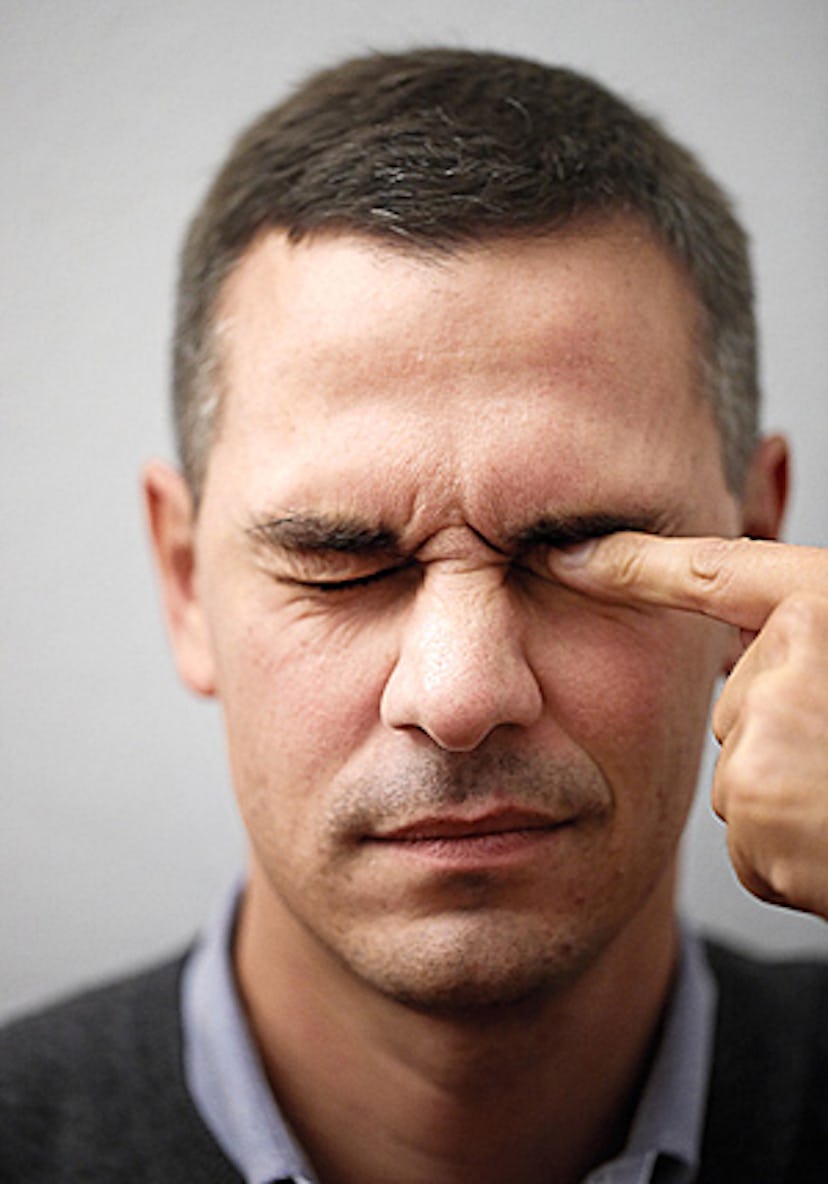Meet Massimiliano Gioni
Arts and Culture director Diane Solway talks to the associate director of New York’s New Museum and the latest director of the Venice Biennale.

What is your curatorial angle for 2013? The exhibition is titled “The Encyclopedic Palace,” after the model for an imaginary museum that was built by Marino Auriti, a self-taught Italian-American artist. Auriti’s museum was supposed to house all the knowledge in the world, and obviously it was never completed or realized. Taking inspiration from Auriti’s impossible dream of universal knowledge, “The Encyclopedic Palace” looks at the flights of imagination of artists who have tried to understand and see everything. It’s about visions and about the space left for internal images, for dreams, and for imagination in a culture submerged by artificial images.
What led you to invite the artist Cindy Sherman to curate an exhibition within the exhibition? Cindy has been working all her life on portraying herself as an other. In an exhibition about images–and the word “imago” comes from the Romans’ tradition of casting the face of the dead–I felt it was important to look at the way in which artists have created stand-ins, surrogates, and avatars. Ultimately, you could say that Cindy’s section is about dolls.
What are some of the themes in the pavilions? One of the most apparent novelties this year will be the exchange of pavilions between France and Germany, who have agreed to swap venues. And Germany has in turn invited artists from all over the world–including Ai Weiwei from China and Dayanita Singh from India–to be in its exhibition. So a more flexible idea of national identity seems to be emerging from these presentations.
This year, for the first time, the Vatican is participating. Most people don’t associate the Vatican with contemporary art. One could argue that the Vatican–more than any nation–has understood the power of art to communicate and educate. If millions of people visit the Vatican, it is partly because of the incredible artworks commissioned there throughout the centuries. Recently, within the Vatican there has been an interest in exploring new dialogues between contemporary art and religion. This pavilion will be the expression of this renewed curiosity.
What is the one work of art that you never leave Venice without looking at? The Pietà, by Titian, in the Accademia. It’s supposedly Titian’s last painting, and in it you can see the whole history of Western art, from Venice to Velázquez all the way to Manet.
Strangest antics or moment you have witnessed at a Biennale over the years? Once I saw Jeff Koons trying to explain to the ticket office that he was one of the artists in the show. That’s one of the craziest aspects of Venice: It doesn’t really matter who you are. Nobody is a VIP.
Venice, Vidi, Vici: Art Biennale
Morton Bartlett’s Untitled (Doll), 1936-65.
Rudolf Steiner’s Disegni alla Lavagna, 1923.
John Bock’s Unzone/Eierloch, 2012.
Marino Auriti’s Encyclopedic Palace of the World, ’50s.
Ragnar Kjartansson’s Bliss, 2011.
Eliot Porter’s Chipping Sparrow, Great Spruce Head Island, Maine, 1979
Pawel Althamer’s Almech, 2011-2012.
J.D. ‘Okhai Ojeikere’s Aja Nloso Family, 1980.
Thierry De Cordier’s Mer Montée, 2011.
Drossos P. Skyllas’s Three Sisters, 1950-53.